The Sun Studying Ulysses Spacecraft
Viewing The Solar Poles
The Ulysses spacecraft was designed to study the Sun’s polar regions, solar wind and the three-dimensional nature of the Sun’s radiation. To achieve this, the probe performed the first gravity assist manoeuvre around Jupiter to enter a polar orbit around the Sun. Launched in 1990 from the space shuttle Discovery, the Ulysses mission was planned to last 5 years but would exceed expectations by lasting over 18 years.
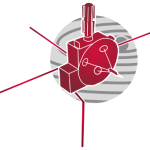
Ulysses Spacecraft Fast Summary Facts!
- Type: Orbiter
- Destination: Sun
- Status: Decommissioned
- Launch Location: Cape Canaveral, Florida
- Launch Date: October 6th 1990
- Arrival Date: June 30th 2009
- Mission Duration: Planned 5 years, Extended to 18 ½ years
Interesting Facts About The Ulysses Spacecraft
- Ulysses' objective was to study and map the solar wind (and radiation) that streams non-stop from the Sun’s poles which had never been studied before. The Sun’s solar wind produces a huge bubble in interstellar space called the heliosphere. It was able to do this nearly 4 times longer than originally planned.
- The probes electronics were powered and heated by a radioisotope thermoelectric generator (RTG).
- The scientific instruments onboard were able to detect and measure the solar wind particles, magnetic fields, energetic particles, radio and plasma waves, dust and gas, X-rays, and gamma rays.
- The Ulysses spacecraft was launched into low-Earth orbit (LEO) in the payload bay of the shuttle Discovery, on October 6th
- Once in LEO, the Ulysses set course for Jupiter, arriving in February 1992 where the probe performed the gravity-assist manoeuvre that swung it south, away from the ecliptic plane, into its unique solar orbit that would take it over the sun's south and north poles.
- This would not be a sungrazing mission though, as Ulysses was 300 million kilometres (2.0 AU) above the Sun's poles when passing over them.
- Ulysses’ orbit around the Sun, which takes it out past Jupiter, takes 6 years to complete.
- The Ulysses spacecraft completed three passes of the Sun’s north and south poles over its 18+ year mission.
- One of the key discoveries was that the strength of the solar wind has grown steadily weaker since the Space Age!
- Another discovery Ulysses made was that the polar regions of the Sun are cooler and their solar wind travels at a uniform speed of 750 km/s (1.68 million mph); twice as fast as the wind that emerges from the Sun’s equatorial zone!
- The probe also crossed the paths of several comet tails, analyzing their ion components.
- Ulysses was a joint ESA/NASA mission. With the partners providing various spacecraft components and launch services.
- A joint ESA/NASA team at the Jet Propulsion Laboratory (JPL) managed the probes operations and data management, with the Ulysses spacecraft tracked by NASA’s Deep Space Network.
- Ulysses was finally deactivated on 30 June 2009 after its planned 5-year mission lasted 18 years, 8 months and 24 days.
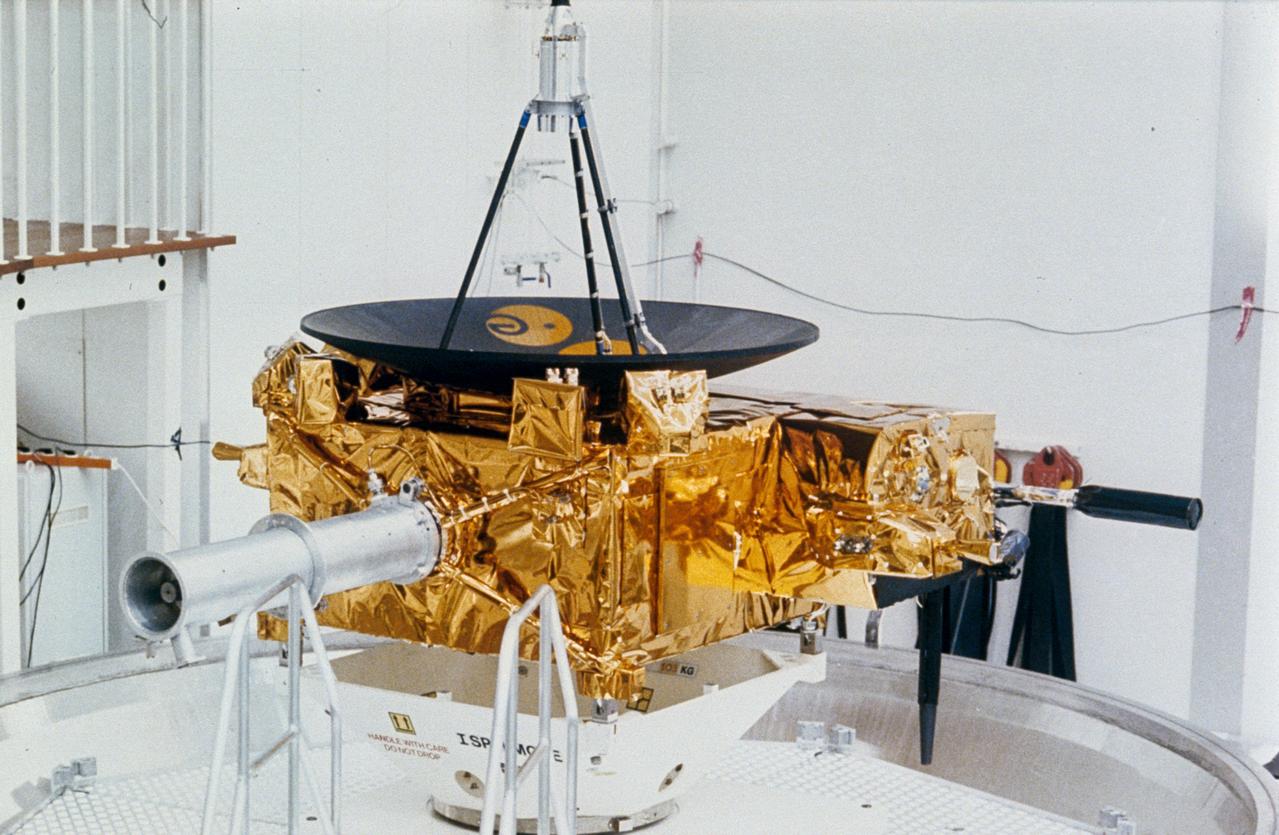
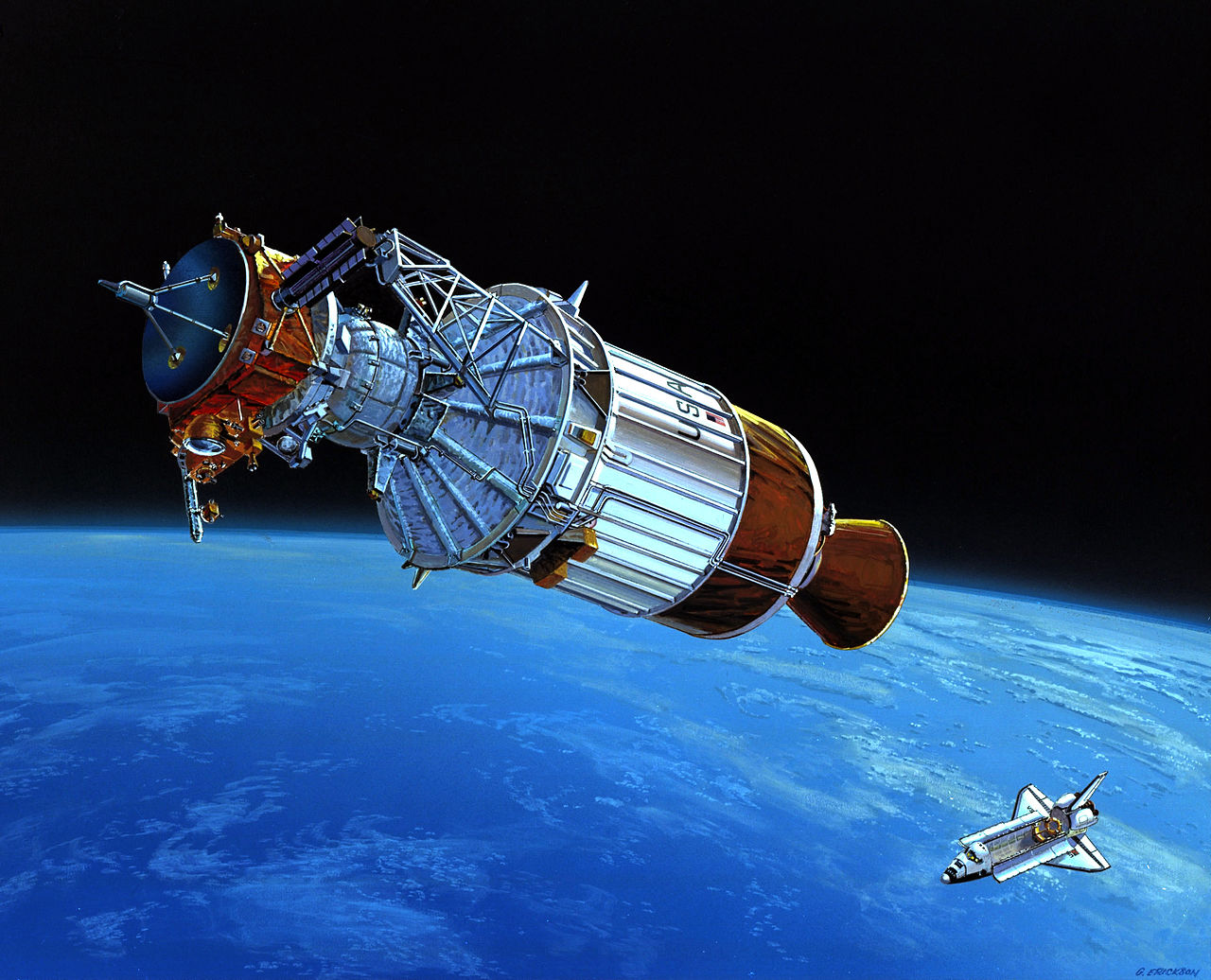
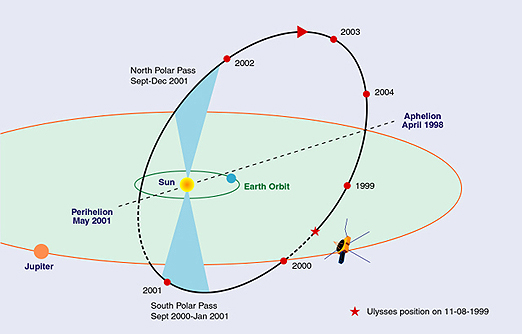
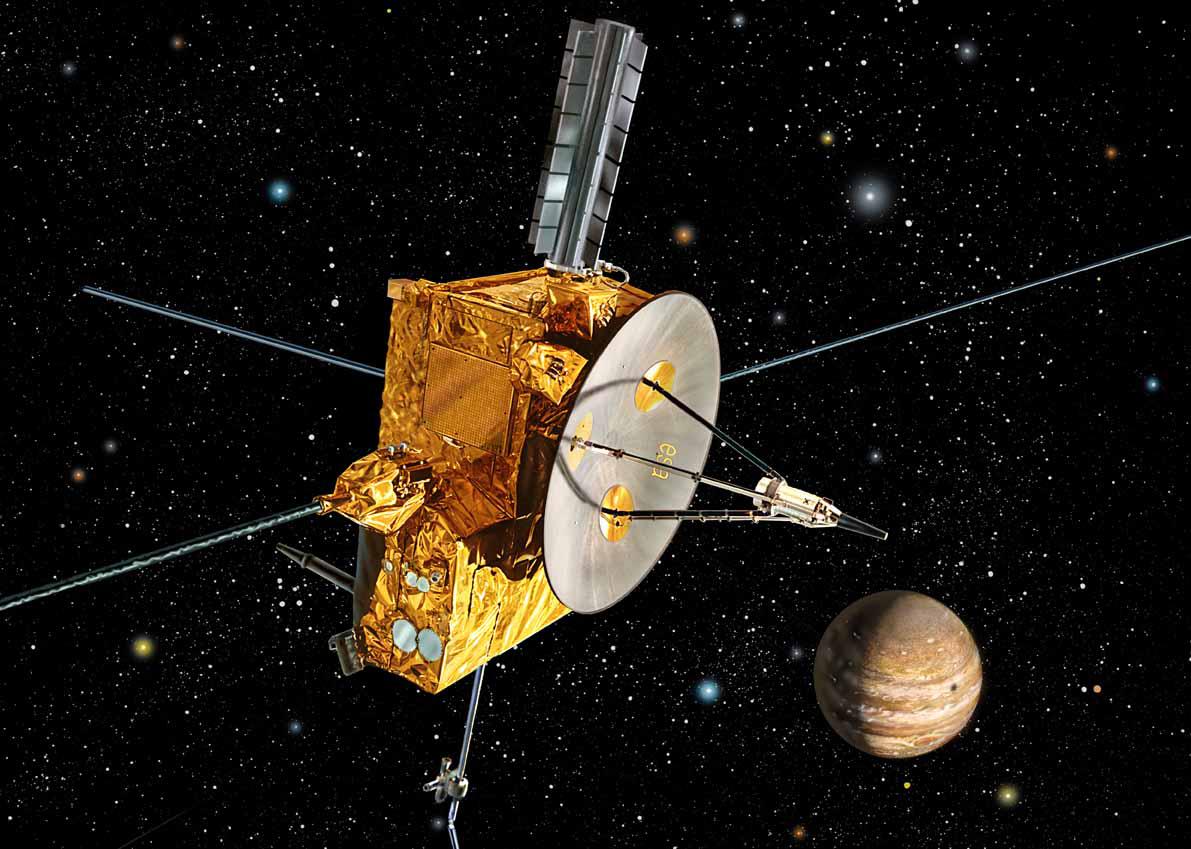
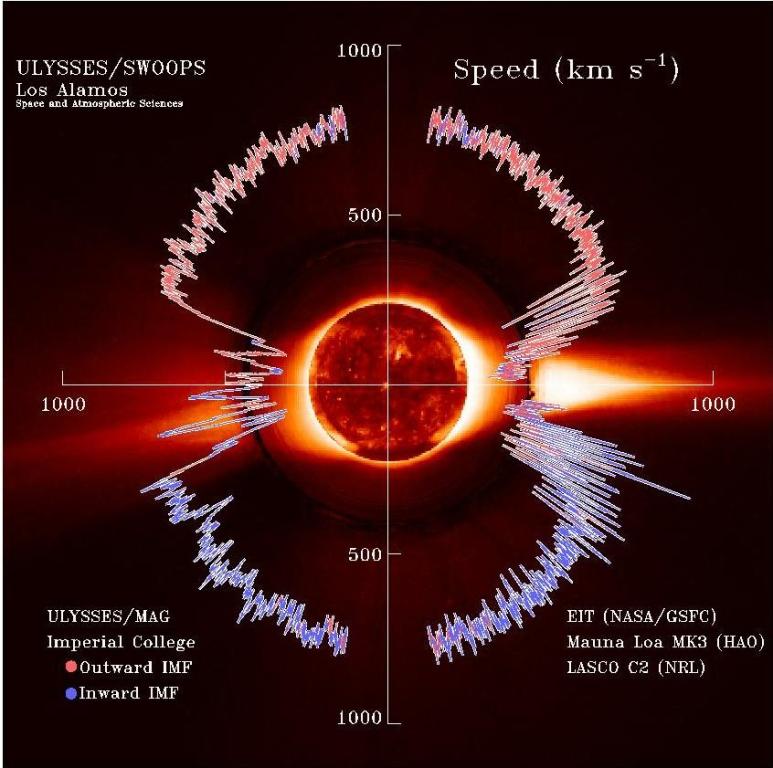
Ulysses Spacecraft
Deployment
Ulysses Orbit
Ulysses at Jupiter
Ulysses Solar Mystery


